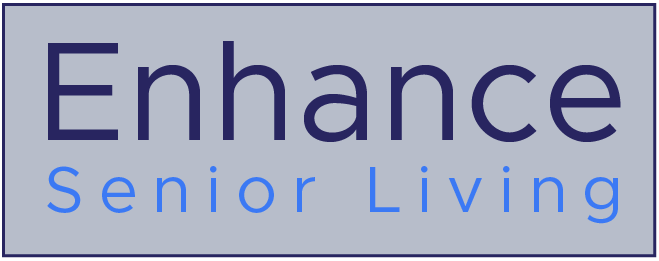The Portfolio Premium in Senior Living
During discussions with varying senior living owner/operators and smaller investment groups about their exit strategy, I hear the phrase, “portfolio premium” thrown around a bunch. But, I question if these groups really understand the methodology behind the portfolio premium, and how to truly maximize this premium within the senior living industry. So, in this article, I’ll analyze the methodology behind the premium, and discuss ways to maximize the premium.
The portfolio premium is really based on the economic theory of economies-of-scale, along with the acquisition and investment appetite of the larger, listed healthcare REITs. Each acquisition takes 60-120 days of negotiation, legal documentation, capital sourcing, and due diligence to close. The amount of man hours, energy, and dollars spent on a single-asset acquisition varies very little to a larger 10-asset portfolio acquisition. Therefore, the portfolio premium partially reflects all the time and energy used in developing and/or acquiring single assets to ultimately sell in a single transaction to a larger investment group.
Additionally, the senior living acquisition appetite of the larger healthcare and investment groups can alter the premium. Investment groups grow through new acquisitions and development investments. However, when an investment group has $20-30 Billion in assets under management, they need to make larger portfolio acquisitions (hundreds of millions) to really move the needle. And, since the larger healthcare REITs have the lowest cost-of-capital of healthcare real estate investors (can create new equity and bond offerings), they can afford to pay the highest prices and obtain the same return hurdles as senior living investment groups with a higher cost-of-capital.
Now, both proceeding theories are not unique to senior living, as they are utilized in all institutional commercial real estate investment strategy. However, senior living does have some unique attributes that can really impact the portfolio premium. Besides physical attributes like size, market, design, and quality of the assets, additional portfolio premium variables are geographic clusters, operator/management selection, and operating/legal structure.
Healthcare REITs and investment groups typically already have relationships with operators/managers, and like the ability to change the management (if desired) post acquisition to groups already in their portfolio. And, since it’s not as efficient for senior living managers to operate a single-asset outlier to their geographic concentration, it’s most appealing to have clusters of 3-5+ properties in any given geographic zone. Additionally, since it’s always disruptive and risky to change management, having institutional-quality management/operators in-place, is always desired. Last, the portfolio premium can be impacted by the cross-collateralization of the lease and/or management structure.

Leave a Reply
You must be logged in to post a comment.